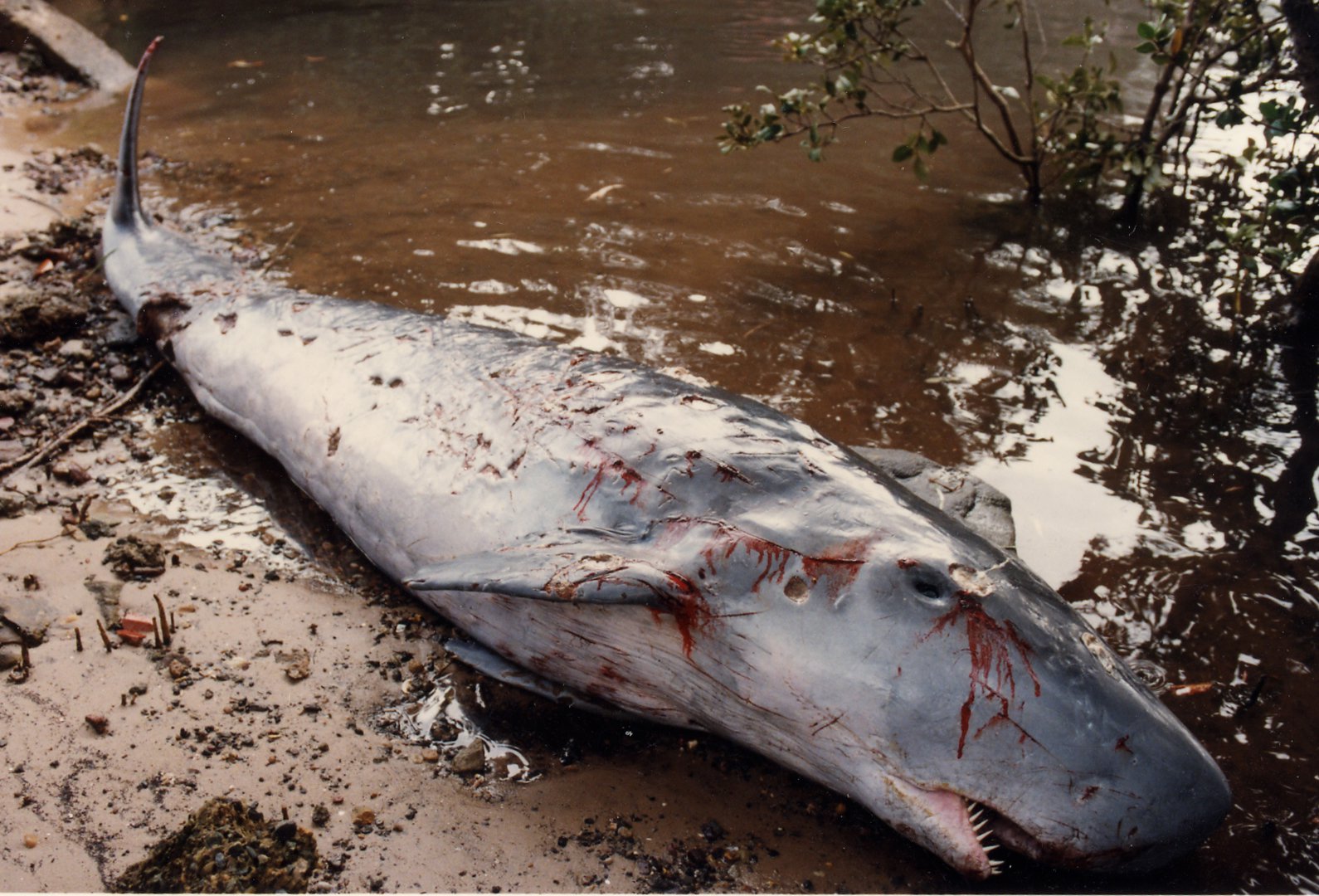The Last Supper
AMRI staff use DNA to uncover some of the mystery surrounding the diet and behaviour of the Smalltooth Cookiecutter Shark.

© Michael Miller
Identifying the diet of any fish species is challenging when its stomach contents may just be a mash of digested flesh and bones so when we came across a Smalltooth Cookiecutter Shark with a large bulge in its gut, we were curious as to what its last meal might have been.
Whilst recently curating a collection of fishes caught in midwater off the NSW coast by the University of New South Wales aboard the research vessel the RV Investigator, we came across a Smalltooth Cookiecutter Shark, Isistius brasiliensis. With a worldwide distribution, it’s not unusual to find this shark in ichthyology collections but the discovery of a Cookiecutter Shark amongst the catch is always exciting. Many people would be surprised to find out that this small, cute fish - which only grows to 50cm in length - is a shark and even more surprised by its unusual feeding behaviour.
The Smalltooth Cookiecutter Shark is named for the round bites it makes, removing a cookie shaped piece of muscle and leaving a wound of the same shape on the bodies of larger animals and sometimes even man-made objects. With small, erect teeth in the upper jaw and large triangular teeth in the lower jaw it latches onto its prey, usually a larger marine fish or mammal, and then spins to cut out a cookie-shaped plug of flesh from the larger animal, which it swallows whole.
The underside of the fish glows with bioluminescence except for a band around the ‘neck’. The ‘glowing’ fish is camouflaged from below against the light from above and so the band stands out. It’s thought that predators try to attack the band only to have the Cookiecutter Shark latch onto the attacking fish or mammal.
Upon inspecting the specimen, we could feel a large, loose lump or ‘cookie’ in its gut indicating this little shark had had its last meal just before it was captured.
Curiosity got the better of us and we took the opportunity to dissect the shark’s stomach (or gut) and extract the ‘cookie. Sure enough a very fresh and comparatively large disc of muscle was removed. We were unable to tell which species the cookie came from so we called upon the help and expertise of our colleagues at the Australian Centre for Wildlife Genomics to subsample the disc and run some tests to see what the DNA could reveal of the Cookiecutter Shark’s last meal.
A DNA based species identification and gender test determined that the disc of muscle taken from the Cookiecutter’s stomach was from a male Pygmy sperm whale, Kogia breviceps. Pygmy Sperm Whales are found throughout the temperate and tropical zones both in the open ocean and the continental shelf edge and slope. They appear to be slow moving and inactive especially on the surface, a behaviour that probably makes them vulnerable to the Cookiecutter Shark. Rarely seen alive, the bodies of these whales are found washed up on the beach often with white circular scars, reinforcing this theory.
Sally Reader, Amanda Hay, Andrew King - AMRI
More Information

© S. Adam
Both the shark I.47797-007 and its last meal (I.47797.009) along with their collection data have been added into our Ichthyology and Frozen tissue collections. These specimens and their data are now accessible to scientists around the world for further research.

